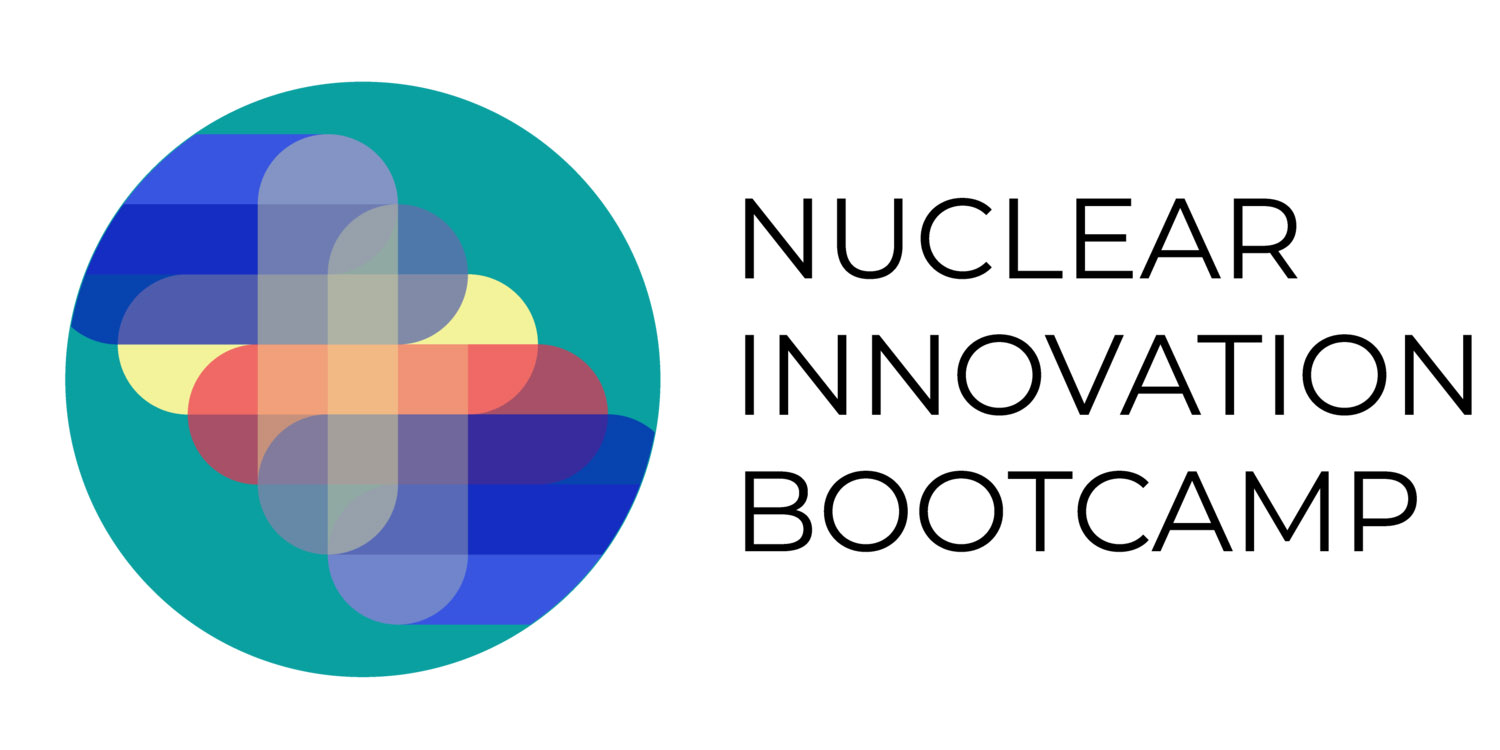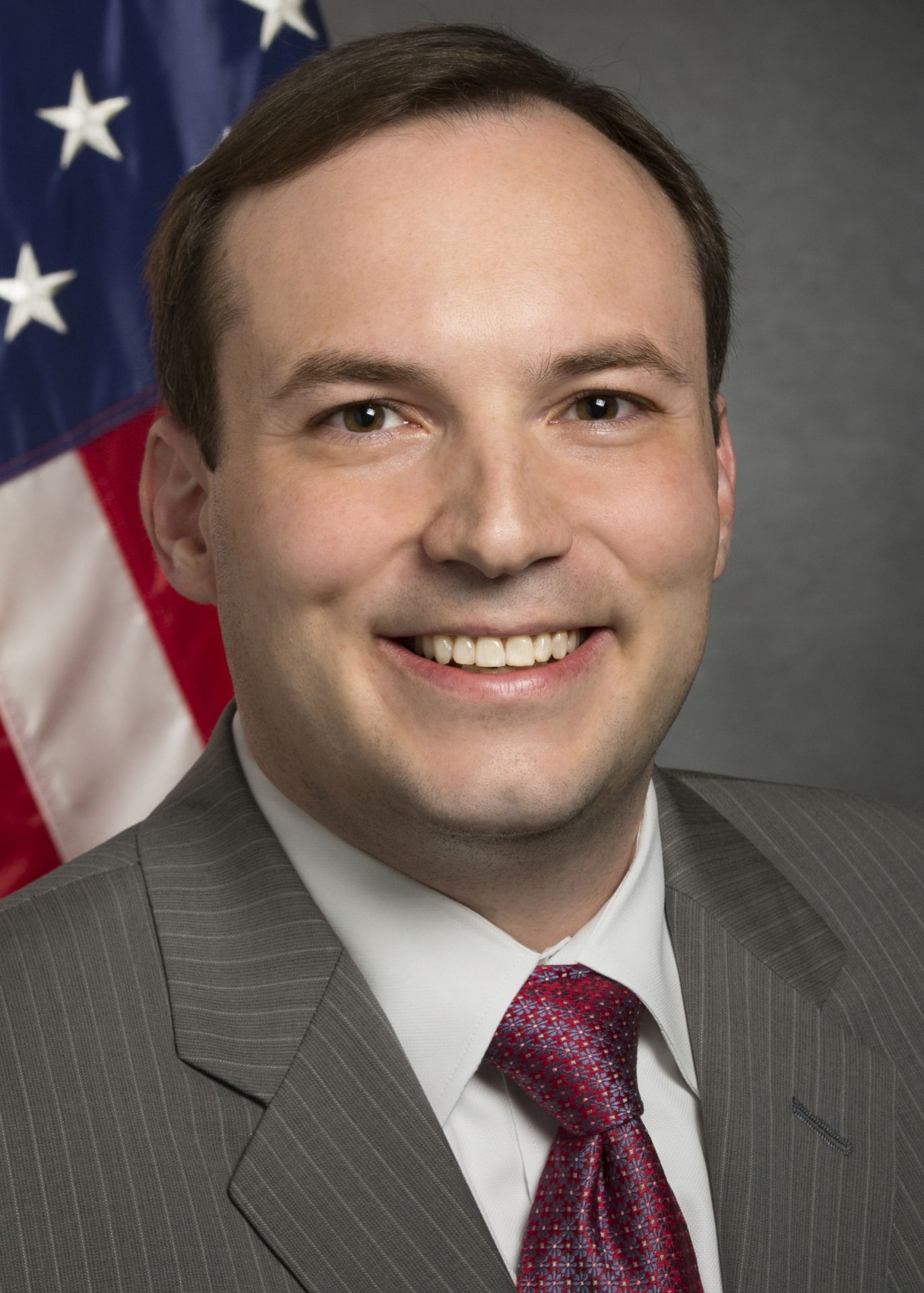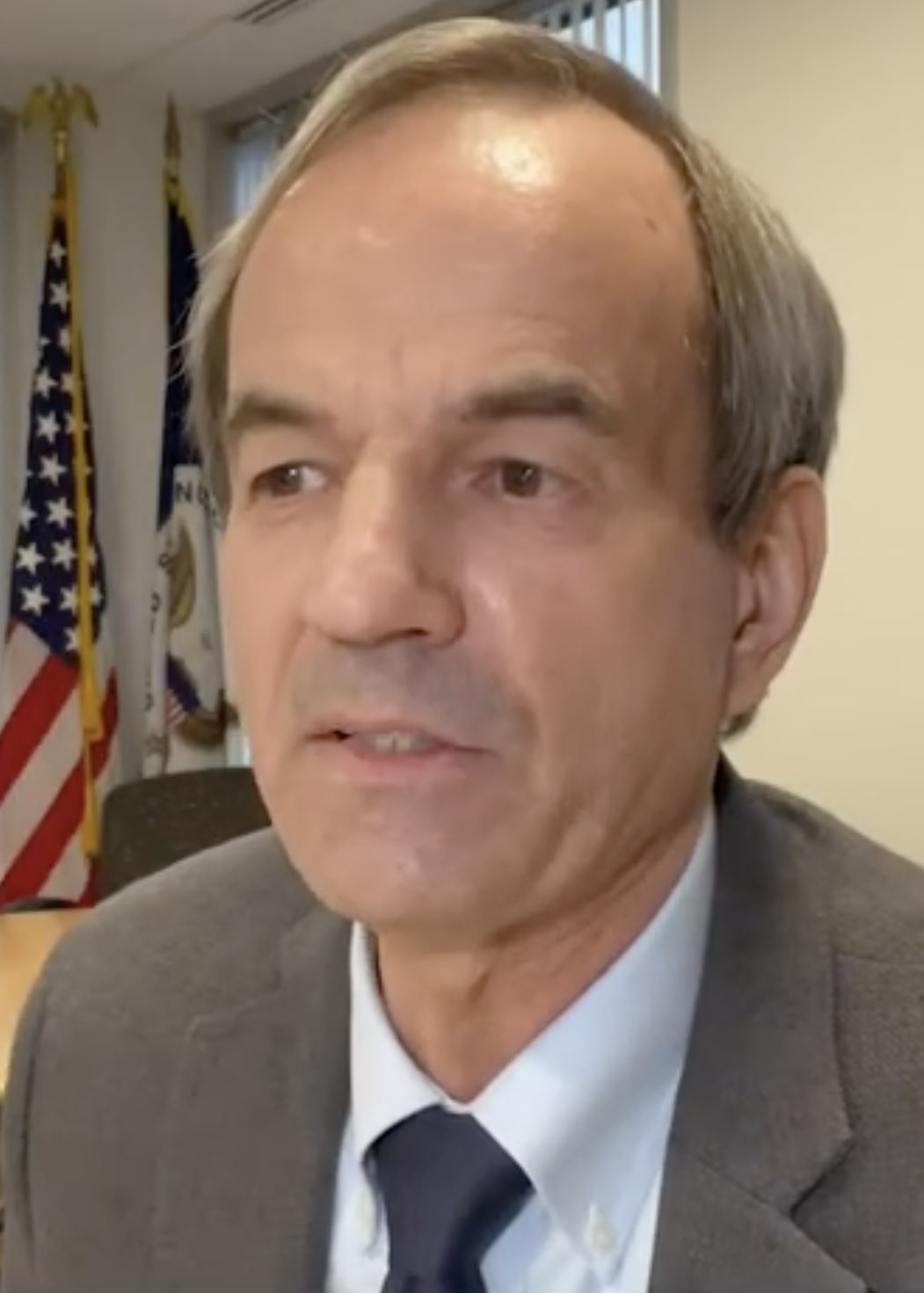University of Wyoming to host Nuclear Innovation Bootcamp

The Nuclear Innovation Bootcamp 2024 takes place this year from July 21 to August 2 at the University of Wyoming in Laramie.
Applications are due by February 25.
Published since 1959, Nuclear News is recognized worldwide as the flagship trade publication for the nuclear community. News reports cover plant operations, maintenance and security; policy and legislation; international developments; waste management and fuel; and business and contract award news.

A message from Goodway Technologies
Optimizing Maintenance Strategies in Power Generation: Embracing Predictive and Preventive Approaches

The Nuclear Innovation Bootcamp 2024 takes place this year from July 21 to August 2 at the University of Wyoming in Laramie.
Applications are due by February 25.

The Nuclear Regulatory Commission has scheduled two meetings in February to discuss the environmental evaluation and review process for the license renewal application of the two-unit Diablo Canyon nuclear power plant in Avila Beach, Calif.

WiscProf, an all-expense-paid engineering workshop at the University of Wisconsin–Madison for future faculty, will be held May 20–23, 2024.
Applications are due by March 1, 2024.
American Nuclear Society conferences always showcase the latest in nuclear, but one of the biggest attractions at this past November’s Winter Conference and Expo in Washington, D.C., was tech that is not new at all: cloud chambers. The Society is launching a new K-12 outreach effort featuring the ANS Visualizing Radiation Cloud Chamber Kit, and ANS staff were on hand to show it off.

The application period for the 2024 session of the OECD Nuclear Energy Agency’s International School of Nuclear Law (ISNL) is now open. The school will run from August 26 through September 6 in Montpellier, France.
A proposed energy bill that the French government is scheduled to consider in early February is generating a great deal of controversy. If approved by the cabinet, the bill will go next to lawmakers in parliament for their consideration. However, the wording of the draft bill has been going through changes due to a controversy over nuclear energy versus renewables.
Early draft: A draft of the bill released on January 8 seemed to prioritize nuclear energy over renewable energy sources, including solar and wind. According to a January 9 report by France 24, the bill asserted “the sustainable choice of using nuclear energy as a competitive and carbon-free” source of electricity, and it set specific goals for nuclear energy, such as the construction of between six and 14 new nuclear reactors as a crucial step toward meeting climate change goals.

Baran
The White House has given up on the renomination of former Nuclear Regulatory Commission member Jeff Baran because of bipartisan opposition in the Senate, according to multiple media reports. After a handful of Democrats joined Senate Republicans to block the nomination last year, President Biden has decided to drop Baran as his pick, HuffPost first reported on Monday.
Baran joined the five-person federal panel in 2014 as an appointee of former president Barack Obama. The NRC oversees atomic energy and radiation safety and has become increasingly politicized in recent years, as different parties push for new processes and procedures for building new reactor types and expanding nuclear infrastructure.
Baran’s term ended in June 2023, and since then the commission has been without a tie-breaker for party-line votes among the four current members. Come June 30, NRC chair Christopher Hanson will complete his term and has yet to be renominated.
 The recently released 2021–2022 data from the Nuclear Engineering Enrollment and Degrees Survey, prepared by the Oak Ridge Institute for Science and Education (ORISE), might be considered a mix of good news and bad. In 2022, there were 208 doctoral degrees awarded in nuclear engineering in the United States—the most since 1966, when the survey began. However, the overall number of nuclear engineering degrees awarded in 2021 and 2022 was at the lowest level in more than a decade. The results are based on data collected from 34 U.S. universities with nuclear engineering programs.
The recently released 2021–2022 data from the Nuclear Engineering Enrollment and Degrees Survey, prepared by the Oak Ridge Institute for Science and Education (ORISE), might be considered a mix of good news and bad. In 2022, there were 208 doctoral degrees awarded in nuclear engineering in the United States—the most since 1966, when the survey began. However, the overall number of nuclear engineering degrees awarded in 2021 and 2022 was at the lowest level in more than a decade. The results are based on data collected from 34 U.S. universities with nuclear engineering programs.
The National Nuclear Security Administration has issued the fiscal year 2023 results of the performance of its managing and operating (M&O) partners in meeting the agency’s expectations.

Designs for high-tech products, and the start-ups that offer them, will always outnumber the commercial successes. Ditto: many more power plants are proposed than actually get built, no matter what the technology.
This is an axiom of free-market economies, but in early November 2023 it became painfully obvious in the advanced reactor field. NuScale Power, the only advanced reactor that has made it through the licensing gauntlet, acknowledged that the consortium of utilities that was its intended launch customer had failed to put together a feasible package.

Argonne’s newest beamline uses heavy ions to degrade a material’s properties as much in a day as a nuclear reactor does in a year, without introducing radioactivity. That’s according to an article published January 16 by Argonne National Laboratory. The Argonne Tandem Linac Accelerator System (ATLAS) now boasts a new beamline—the ATLAS Material Irradiation Station, or AMIS—that uses the accelerator’s lowest high-energy beams to displace atoms and mimic the degradation of materials inside an operating reactor over time. AMIS makes it easier and faster to test candidate fuel and structural materials for existing and future reactors.
Are you an energy genius? It’s hard to tell whether or not Americans are really aware of the energy that controls our lives, so the following quiz should be revealing. Click through the multiple-choice options below to reveal the answers. Most answers can be found in the pages of the 2023 issues of Nuclear News—if you’ve been a diligent NN reader you should do fine!
Scoring: Zero to five correct answers out of the 20 questions means you may need to read up on energy in order not to be at the mercy of others. Six to 10 correct answers is a good passing grade. Eleven to 15 right answers means you’re really energy literate. Sixteen to 19 correct answers means you should be advising Congress. Twenty right answers suggests you’re Mr. Spock reincarnated.

Two Canadian energy companies are teaming up to bring small modular reactors to Alberta.
Capital Power Corporation and Ontario Power Generation announced this week that they will spend the next two years exploring joint opportunities to bring SMRs to the province. Just under 13 percent of Canada’s power comes from its 19 nuclear reactors.

The International Atomic Energy Agency, in cooperation with Argentina, launched a scientific research expedition on January 6 to study microplastics in Antarctica—one of the planet’s most remote areas—as part of an effort to combat widespread microplastic pollution.
Japanese regulators have ordered further review at a nuclear power plant in central Japan following a series of deadly earthquakes that rocked the country on New Year’s Day.

Another calendar year has passed. Before heading too far into 2024, let’s look back at what happened in 2023 in the nuclear community. In today's post, compiled from Nuclear News and Nuclear Newswire are what we feel are the top nuclear news stories from October through December 2023.
Stay tuned for the top stories from the rest of the past year.

Furstenau
Raymond V. Furstenau, currently head of the Nuclear Regulatory Commission's Office of Research, has been named acting executive director for operations, effective January 27, upon Daniel Dorman's retirement and until a permanent replacement has been selected.
The EDO is the highest-ranking NRC career position and carries the responsibilities of overseeing the agency's operational and administrative functions and serving as the chief operating officer.
Praise: "Ray is a seasoned executive with exemplary communication and management skills. He's the right person to lead the NRC staff while the commission works together to identify a permanent executive director for operations," said NRC chair Christopher Hanson.

The United Kingdom’s Department for Energy Security and Net Zero announced plans on January 7 to invest £300 million (about $383 million) to build a high-assay low-enriched uranium (HALEU) enrichment facility in northwest England. The goal? To “end Russia’s reign as the only commercial producer of HALEU.” Britain is now the first European country to declare that it will begin HALEU enrichment in a bid for supply chain security.

This article is the first in a series that will examine the history of small modular reactors.
Small and medium reactors have been an integral part of the U.S. nuclear power enterprise since the early days of the industry. Many of the designs for the next generation of reactors are rooted in the designs of the 1950s and ’60s, but the development and push for deployment have gained momentum only within the last decade.
This recent momentum led a reader of Nuclear News to suggest an article reviewing the history of small modular reactors. NN staff jumped on this idea, deciding a series of articles would do better justice to such a complex and interesting topic.
The United Kingdom released plans yesterday for the biggest expansion of nuclear power in 70 years. Officials outlined Civil Nuclear: Roadmap to 2050 as an opportunity to improve the United Kingdom’s energy independence from foreign sources as it looks to build a new power station and invest in advanced nuclear fuel production.